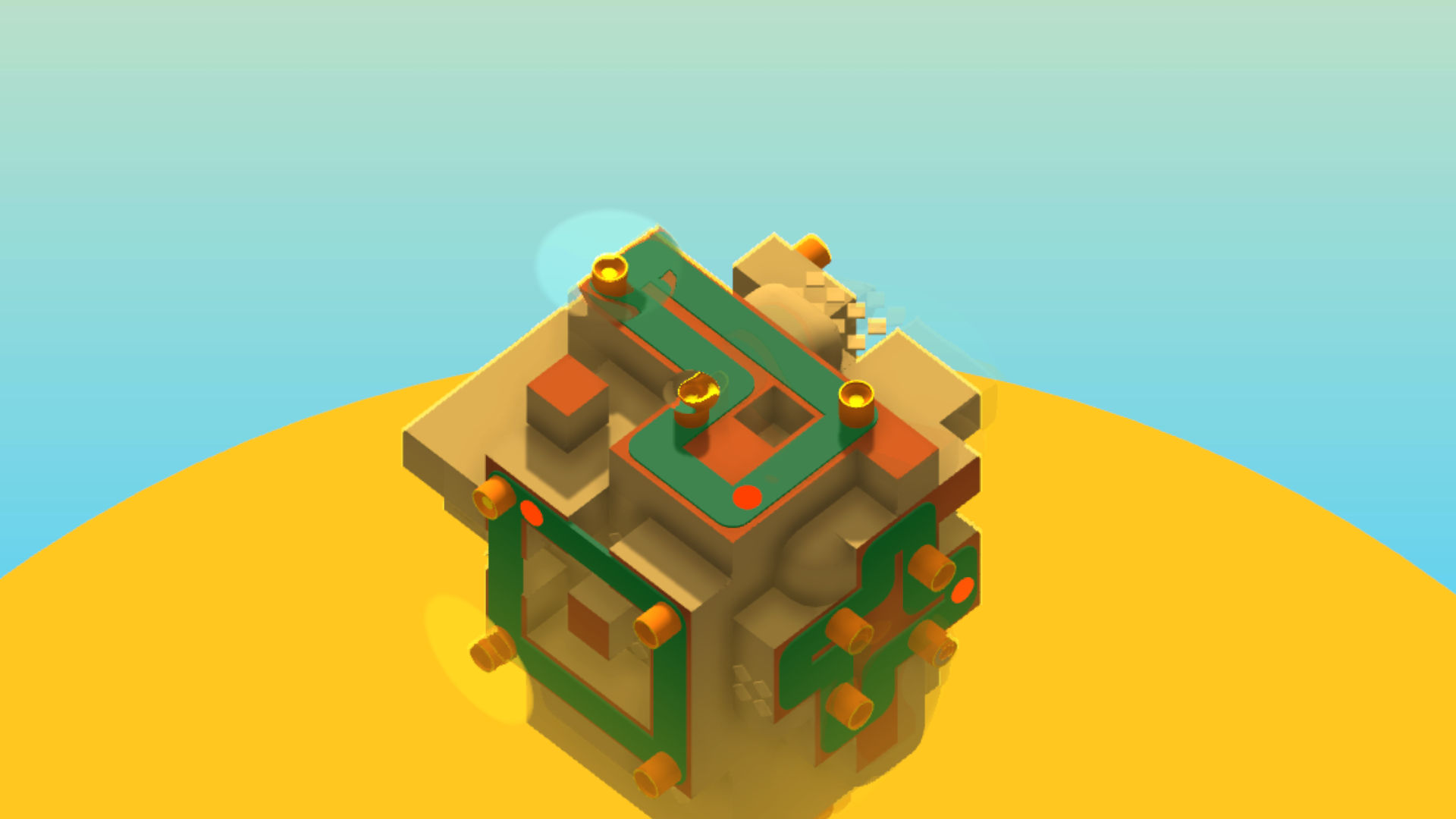Explore a planetary record collection with Rytmos

Games that revolve around music often lack a certain depth. There’s fun to be had with classic titles like Guitar Hero and Taiko No Tastujin, but there’s the absence of substance, and you come away with nothing but a few sore fingers from frantic button-bashing. Then there’s Rytmos, an upcoming game from Floppy Club, that makes me look like an idiot by going completely against the grain by offering a music-orientated title with one of the sonic arts’ key ingredients - the abstract component of ‘feel’ - and in doing so, offers a planetary record collection with the best of our own rock’s colourful compositions.
I should start this preview by saying that I’m something of a musicologist - yes, that’s a proper term, I should know, I paid for the degree - and so I’m well aware that I sit comfortably within the target demographic for Rytmos. But it also gives me a little more scope to properly assess this title's interpretation of concepts like world music - a term that covers a massive amount of exciting genres like an ugly big blue tarpaulin - and I can say from the off that the approach to musical cultures in this game is as comprehensive as you’ll find outside of tedious academics and stale NPR documentaries.
With that out of the way, let’s get into the core gameplay ideas that ground Rytmos - or rather, those that lift it into orbit. You begin each level looking at a six-sided planet based on a specific musical style, with those available in the demo being Mbira music from Zimbabwe, German electronic, and Ethiopian jazz. Your task is to finish the six puzzles across each face of the planet, with every complete path adding another layer to the sonic tapestry unfolding before your very ears. Once the puzzle is complete, you can jam along with the beat you created using the planet’s related instrument, and send that mother into space while adding a snazzy record to your collection.
* This article was originally published here
Comments